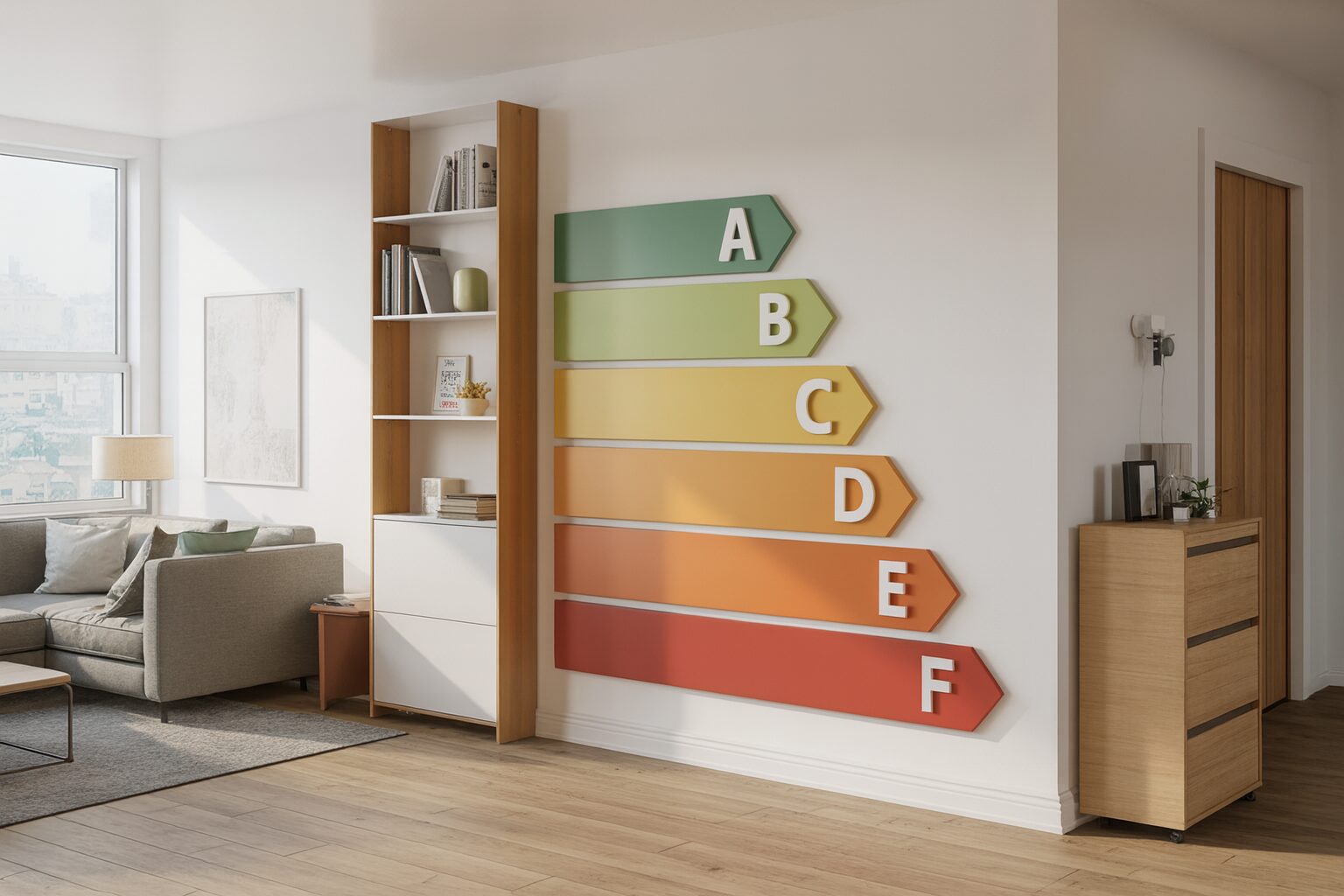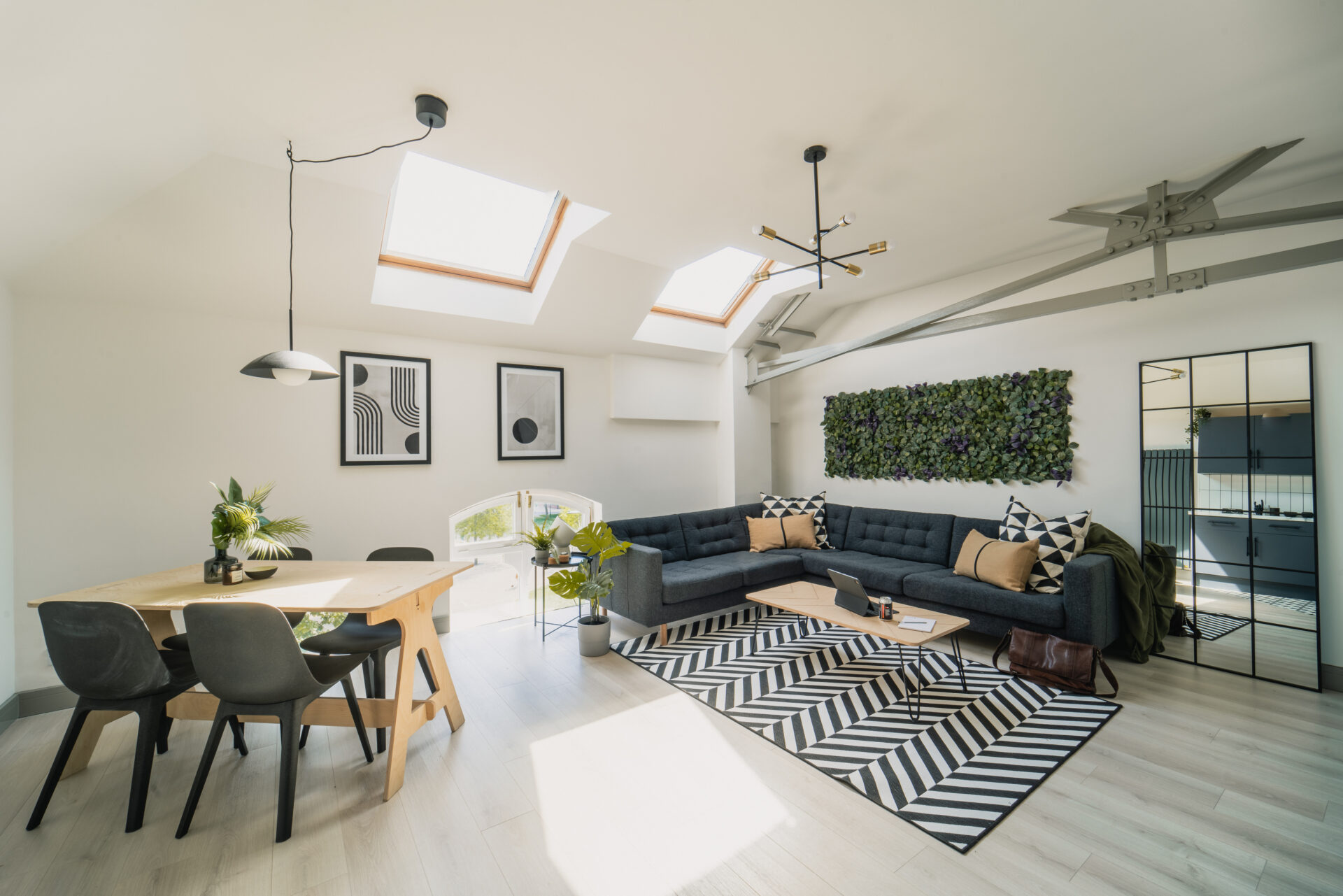
Discover how to make HMOs energy efficient with key upgrades, smart systems, tenant engagement, and compliance guidance.
Making a rental property energy efficient is a vital step for any landlord to not only protect your investment but keep tenants secure. It offers the additional benefits of increasing the value of the property, reducing operational costs in the long-term, and minimising tenant turnover. However, knowing which changes to make, and why, is essential to keep costs down and deliver the best results for your tenants.
Why energy efficiency matters for your HMO
Energy efficiency has become a pressing concern for landlords and tenants alike, with rising costs and pressure to make more sustainable choices in our lives. For landlords in HMOs, this challenge is particularly acute, since these properties typically house multiple tenants who are likely to have varying energy usage habits and heating needs.
Additionally, the responsibility for energy costs might be split between landlord and tenants, which creates complex dynamics around accountability. Poor insulation, outdated heating systems, and inefficient building fabric can all exacerbate excessive energy consumption, leading to higher operational costs and tenant dissatisfaction.
The pillars of energy-efficient HMO management
Effective energy management in HMOs rests on five fundamental pillars that work together to maximise efficiency and minimise waste.
Foundations
The “Fabric First” approach forms the foundation of energy-efficient properties, focusing on the building envelope to retain heat and reduce overall energy demand. The most cost-effective way to reduce energy consumption in any HMO is to minimise the amount of energy needed in the first place through airtightness and better thermal performance.
High-efficiency appliances
High-efficiency systems are the second pillar. Rather than simply replacing old equipment with new versions of the same technology, landlords should choose cutting-edge systems that deliver superior performance while consuming significantly less energy.
Smart homes
Smart controls and monitoring technology allow for precise energy management throughout the property. These technologies help landlords to monitor consumption patterns, identify inefficiencies, and automatically optimise system operation without compromising tenant comfort.
Educating tenants
The fourth pillar focuses on behavioural change which takes place by engaging tenants and encouraging less wasteful habits through responsible energy use.
Ongoing maintenance
Regular audits and ongoing maintenance form the final pillar. This ensures any efficiency gains achieved are actually maintained over time through proactive repairs to prevent any developing issues.
Where to upgrade and optimise
Taking a fabric-first approach, the most long-lasting impact you can make is to upgrade insulation in the property. Make sure loft insulation meets current building regulation standards, which suggests installing 270mm of mineral wool or an equivalent. Cavity wall insulation can also dramatically reduce heat loss through external walls, though external wall insulation will be necessary for solid-walled properties.
Heating systems, particularly in older HMOs with outdated equipment, are the next place to look. Modern condensing boilers achieve efficiency ratings of 90% or higher compared to 70-80% for older non-condensing units. However, proper sizing is crucial in HMOs to ensure the system can provide adequate heating without oversizing, which reduces efficiency.
Modern hot water cylinders with enhanced insulation can dramatically reduce standing losses, and point-of-use water heaters in specific areas can help to eliminate circulation losses in properties with complex layouts.
Electric heating, including modern storage heaters and infrared panels, can provide efficient heating in properties where gas supply is unavailable or impractical. For communal areas that experience higher demand, specialists BN Thermic suggest using robust commercial-grade electric heaters—in particular, ceiling-mounted heaters are the ideal way of freeing up valuable wall space, as they can be surface mounted or suspended.
Lighting should be combined with sensor controls in communal areas. Smart sensors ensure lights are only active when rooms are occupied, eliminating waste from forgotten switches.
Lastly, if you want to make a bigger investment into the energy efficiency of your HMO, renewable heating systems such as air source heat pumps and ground source heat pumps are another increasingly viable option. They offer exceptional efficiency ratings and reduced carbon emissions, though they require careful assessment of property suitability and installation requirements.
Adhering to regulations
Regulations surrounding energy efficiency in rentals continue to evolve, but Energy Performance Certificate (EPC) requirements are becoming increasingly stringent.
Currently, HMOs have to achieve a minimum EPC rating of E to be legally rentable, but this is expected to rise to C or potentially higher in the next few years as the UK pushes to meet environmental targets. Understanding the evolving standards and planning improvements accordingly ensures continued compliance and avoids potential rental restrictions or penalties.
Making your HMO more energy-efficient
Exploring these options can make substantial energy efficiency investments more financially viable while improving long-term property performance and value.
- Boost property value and cut costs by improving energy efficiency while keeping tenants comfortable and reducing turnover.
- Tackle HMO challenges such as high energy use, shared costs, and outdated systems with a structured efficiency plan.
- Focus on five pillars: building fabric first, high-efficiency systems, smart controls, tenant engagement, and regular maintenance.
- Upgrade strategically across insulation, heating, hot water, lighting, and appliances for the biggest impact.
- Stay compliant & supported by meeting EPC standards and exploring green mortgages or financing for retrofit projects.
For further assistance with your HMO project, schedule a complimentary discovery call; we’ll be happy to help you.



